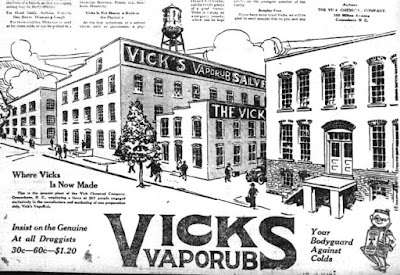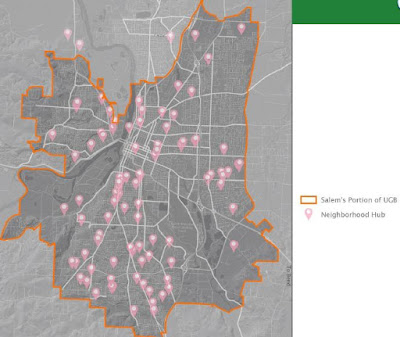 |
| Karyn Criswell via her Linkedin profile |
new leader for the newly-formed Public Transportation Division. Karyn Criswell steps into the role of division administrator February 1, 2020.On Linkedin, there's some disappointing information. A testimonial from an unknown coworker suggests Criswell was a propagandist for the failed CRC:
"We are excited to tap into Karyn’s experience bringing diverse interests together to forge partnerships that improve the public and active transportation system as an integral part of our state’s transportation system," said Cooper Brown, ODOT’s Assistant Director for Operations.
Criswell will oversee the passenger rail and transit programs administered by ODOT. This will also include things like bicycle and pedestrian programs and other transportation options.
Karen and I worked together at the Columbia River Crossing project. She was part of the leadership team for the strategic communications and public involvements elements of the project. As such, she was a trusted partner and collaborator, with a strong understanding of politics at the local and state level as well as being very strong in written and oral communications. I would welcome an opportunity to work with her again and do not hesitate to recommend her for any position where critical thinking and good communication skills are needed.On the surface, then, this looks like someone who might subordinate public and active transportation to ODOT's autoism and focus on big highway expansion rather than someone who would champion walking, biking, busing, and rail and act as a counterweight on autoism. She was also someone ODOT Director Kris Strickler would have worked with on the CRC.
ODOT's release, interestingly, does not mention the CRC.
“I’m excited to more fully integrate ODOT’s multimodal services within the agency so that our approach to managing the statewide transportation system includes more equitable access to public transportation, passenger rail, and bike and pedestrian options for all Oregonians,” said Criswell. “Enhancing these transportation options is key to several challenges facing our state including reducing greenhouse gas emissions, providing transportation options for our growing population, and managing congestion in our urban areas.”So, hard to say for sure. Maybe Criswell will be terrific, but there are caution signs.
Criswell has over 20 years of transportation experience in the private and public sector, with the last five years in various roles with the former ODOT Rail and Transit Division. She most recently led a team to develop and deliver the $200 million per biennium Oregon State Transportation Improvement Fund, a new state public transportation program created by the 2017 legislature. Prior to joining ODOT, Karyn spent 15 years in the private sector providing communications and planning consulting services on a wide range of transportation projects throughout the Pacific Northwest.
BikePortland has a longer piece from December on the ODOT Kremlinology as Strickler reorganizes the agency. It seems clear that non-auto transport and climate are not, in fact, a big priority.
This will be something to watch, and as others comment, especially informed ODOT Kremlinologists, this post may be updated.















































